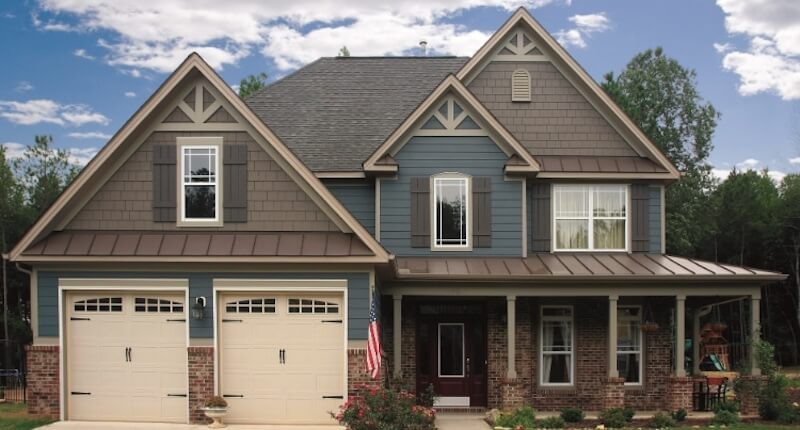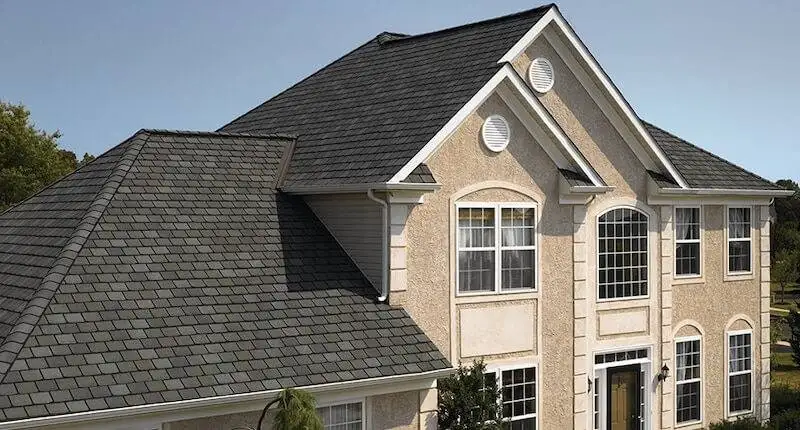James Hardie Siding Costs
When it comes to installing high-quality, durable siding on your home, James Hardie is a popular choice among homeowners in Nebraska. However, new siding installation with a top-rated brand is quite an investment for many property owners. Here at Tevelde and Co., we want to ensure that our customers know what goes into the total cost of our services, and what factors make up the final bill.
Home / James Hardie Siding / Costs
The Cost of Hardie Siding
Although costs vary based on your location, home size, home style, and your choice in James Hardie products, the general cost for installing this fiber cement siding is roughly $900-1,000 per square foot. If your home is 2,000 square feet, the exterior is usually about the same square footage. So, a general estimate for James Hardie siding is $20,000 for a 2,000 square foot home. While vinyl siding runs approximately $450-500 per square foot, saving you cash up-front, James Hardie siding lasts over 50 years.
So, if fiber cement siding is a greater investment upfront, why don’t more homeowners opt to purchase vinyl siding instead? Why is James Hardie siding America’s favorite siding product and currently on over 8,000,000 homes in our great country?
- The Cost of Hardie Siding
- Different Types of Siding From James Hardie
- HardiePlank Siding
- Board and Batten Siding
- Cost Factors That Go Into James Hardie Siding Installation
- Type of Siding Material
- Size or Square Footage of Your House
- Labor Costs
- Old Siding Removal
- James Hardie Siding Can Be More Expensive Than Traditional Siding
- James Hardie Products Come with an Array of Benefits
- Great ROI on James Hardie Products
- What is James Hardie Siding?
- Tevelde and Co. is a James Hardie Preferred Contractor in Omaha
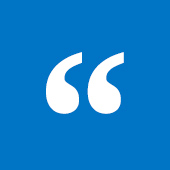
Different Types of Siding From James Hardie
James Hardie fiber cement siding is an excellent product for homeowners looking for low-maintenance, highly durable, and attractive siding for their home. Though fiber cement siding is made from a cement mixture and cellulose fibers, it can be made to resemble a number of different styles, including vinyl and wood siding, making it both a stylish and weather-resistant choice for your property.
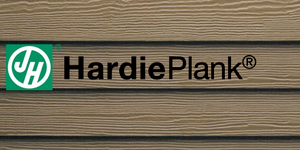
HardiePlank Siding
HardiePlank Siding is James Hardie’s most popular siding option, in addition to being the most popular plank siding choice in the country. These are treated and weather-resistant boards that come in a number of stylish colors and cuts, ranging from classic wooden lap siding to modern, sleek designs.
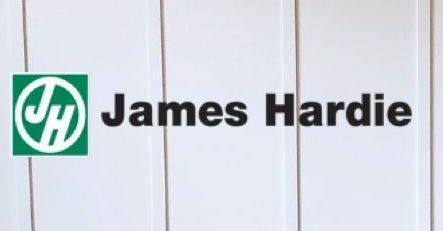
Board and Batten Siding
Looking for something a bit more rustic? James Hardie’s board and batten siding options are highly weather-proof in addition to being a visual call-back to barn and home designs of the past. Like the fiber cement siding and HardiePlank offerings, this style also comes in a number of sleek colors and finishes, making it easy for homeowners to match their style and preferences.
Cost Factors That Go Into James Hardie Siding Installation
A number of different factors go into the cost of getting new James Hardie sidings installed on your home, including the type of siding material you’re installing, the amount of material you’ll need to have (i.e. the size of your home’s exterior), the cost and effort of removing previous exterior coatings, and the cost of installation labor.
Type of Siding Material
The type of siding material being used can have a major impact on the price of an installation. Not only are there different base materials, but in addition, James Hardie offers a wide selection of styles and colors of siding that clock in at different price points depending on your final choice.
Size or Square Footage of Your House
Another key factor in the overall cost of your James Hardie siding installation is the size of your home. After all, the bigger your home is, there is more siding needed, and therefore the greater the cost. Typically, this part of the cost is measured in price-per-square foot, and it can also vary depending on the type of siding material you’ve selected.
Labor Costs
For any installation that is not a small, simple DIY job, you will have to contend with the price of paying laborers for their efforts to install your siding. This can add to your overall costs, especially if you decide to pay for highly-rated contractors who can guarantee a job well done! This is recommended – while you certainly don’t want to be overcharged, paying a half rate for a poorly done installation job may cost you more for maintenance in the long-run. The hight of your home can add to the cost along with the siding project. The higher the house, the more stories, the more scaffolding is required. If your home has multiple types of bump out or designs, this can also add to it.
Old Siding Removal
In addition to installing your new siding, you’ll have to pay for the price of removing your old siding safely and effectively. This cost mostly includes the labor involved in the process of tearing down the old siding on your home. Unless you have an old siding with either lead paint or asbestos, which require a very specific measure for safety and disposal.
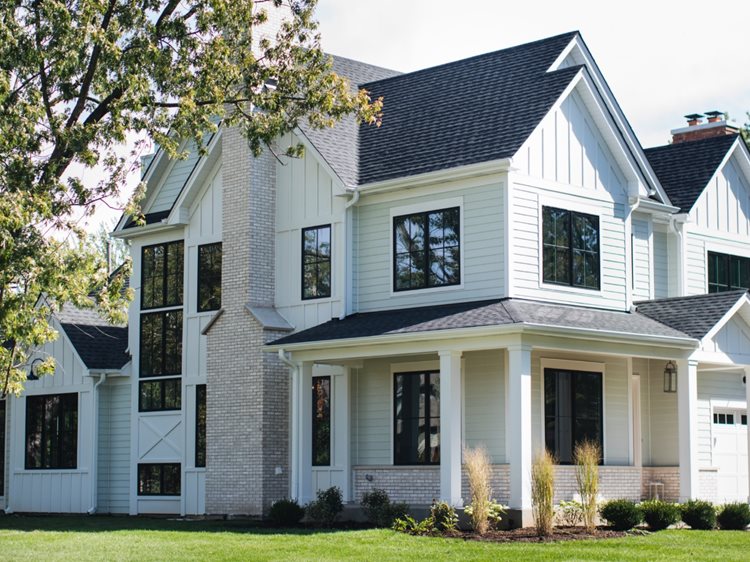
James Hardie Siding Can Be More Expensive Than Traditional Siding
James Hardie siding products can come with a slightly higher price tag than other vinyl siding options, which may be off-putting to some homeowners. However, the higher price tag comes with many benefits which can improve your home’s appearance, value, and longevity! Check out our full James Hardie Siding Guide for more information.
James Hardie Products Come with an Array of Benefits
James Hardie siding products are well-made, and they come with a number of benefits to any homeowners looking to get them installed. Some reasons to choose James Hardie include the following.
Low Maintenance Siding
Once they’re installed, James Hardie siding products are incredibly low maintenance. They require little-to-no upkeep, and they need to be replaced much less often than other types of sidings, which are less resistant to normal wear-and-tear.
Added Curb Appeal
James Hardie siding products come in a range of great-looking, well-made options, which can help boost your home’s curb appeal, no matter the building’s style. Broken, damaged, and discolored sidings can significantly impact your home’s resale value, too – all the more reason to upgrade your home’s aesthetic impact with a professional James Hardie siding installation.
Resistance to Fire, Weather, and Pests
James Hardie siding products are built to be incredibly resistant to all kinds of factors that typically damage home exteriors, including fire, inclement weather, and pests. With their different types of durable sidings, it’s guaranteed you won’t have to worry about your home’s interior being susceptible to damage from the elements.
Great ROI on James Hardie Products
While James Hardie products may come with a slightly higher price tag than other siding options, they have an excellent return on investment (ROI). You’ll save money in the long term by choosing James Hardie siding products due to their longevity, durability, and their contribution to your home’s resale value.
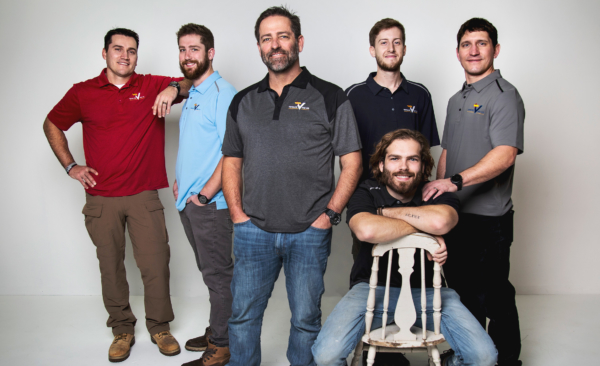
What is James Hardie Siding?
James Hardie is a reliable, highly-rated brand of home siding, loved by contractors and homeowners across the nation. They have some of the best-selling home exterior products in the world, and they offer a wide array of siding types and collections for homes of all different kinds, which means you’re sure to find exterior products that work well for all of your aesthetic and practical needs.
Tevelde and Co. is a James Hardie Preferred Contractor in Omaha
If you’ve got your heart set on James Hardie siding products, you’ll need to find a team of contractors to help you complete your installation. Look no further – we here at Tevelde and Co. have been named a James Hardie preferred contractor in Omaha, Nebraska. That means that James Hardie has evaluated our track record of installations and repair jobs and determined that we consistently provide excellent results for customers!
For such a highly-rated siding material company like James Hardie, it’s critical that their products are installed by well-versed and competent contractors in order to ensure that the final result is as effective at protecting your home as possible.
Trusted Siding Installation and Repair Services
Here at Tevelde and Co., we offer both siding installation and repair services to homeowners across the region. Our services are both trusted and highly-rated, which means you can count on us to properly, safely, and efficiently install and repair your home’s exterior with top-quality siding materials. Check out our full James Hardie products page to find out more about our professional solutions!
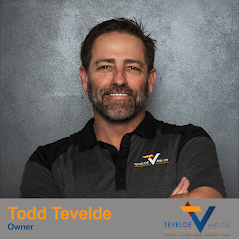
Article Updated: 4/16/24 | Published: 2/22/22
About The Author: Todd Tevelde
Todd Tevelde wrote this helpful article about James Hardie Siding Costs to help educate homeowners about their siding options. Todd is an expert in home exterior renovations and the founder of Tevelde and Co. With over 10 years of experience helping homeowners, Tevelde and Co. has become one of the most trusted contractors in the greater Omaha area. For more information contact Tevelde and Co. today!
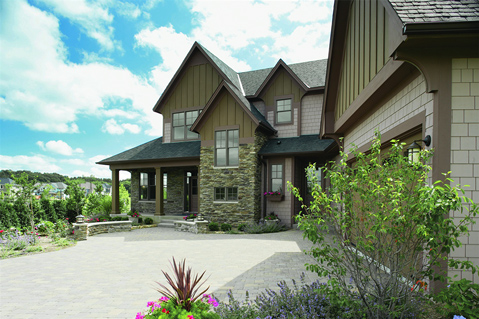
James Hardie Fiber Cement Siding
As the leading fiber cement siding on the market, James Hardie® siding is trusted by homeowners and siding contractors alike for its reliable performance. With its patented technologies that help it withstand any weather and hold in color, Omaha homeowners can rely on James Hardie siding to last for decades while continuing to look beautiful.

Financing Is Available.
Sometimes home remodeling projects can’t wait, or you just want to make all your property updates at once. Get the financing you need with approved credit and check out our special offers to make the most of your home remodeling dollars.


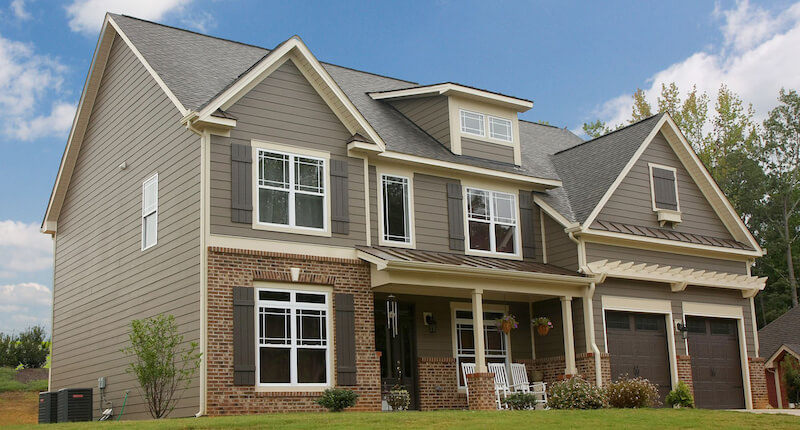
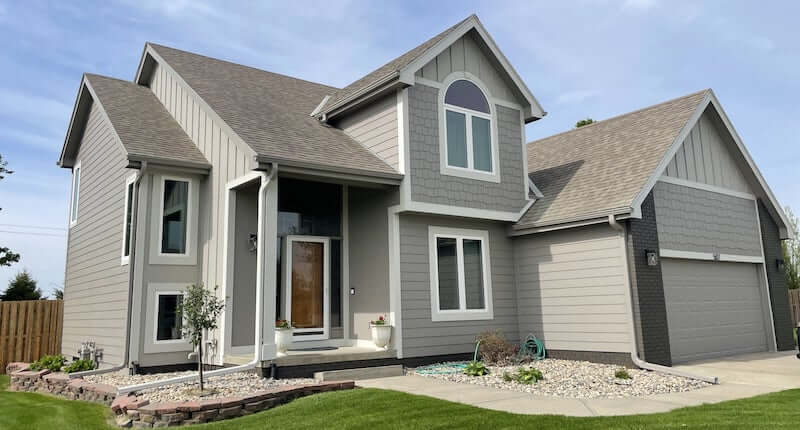 Window Services
Window Services